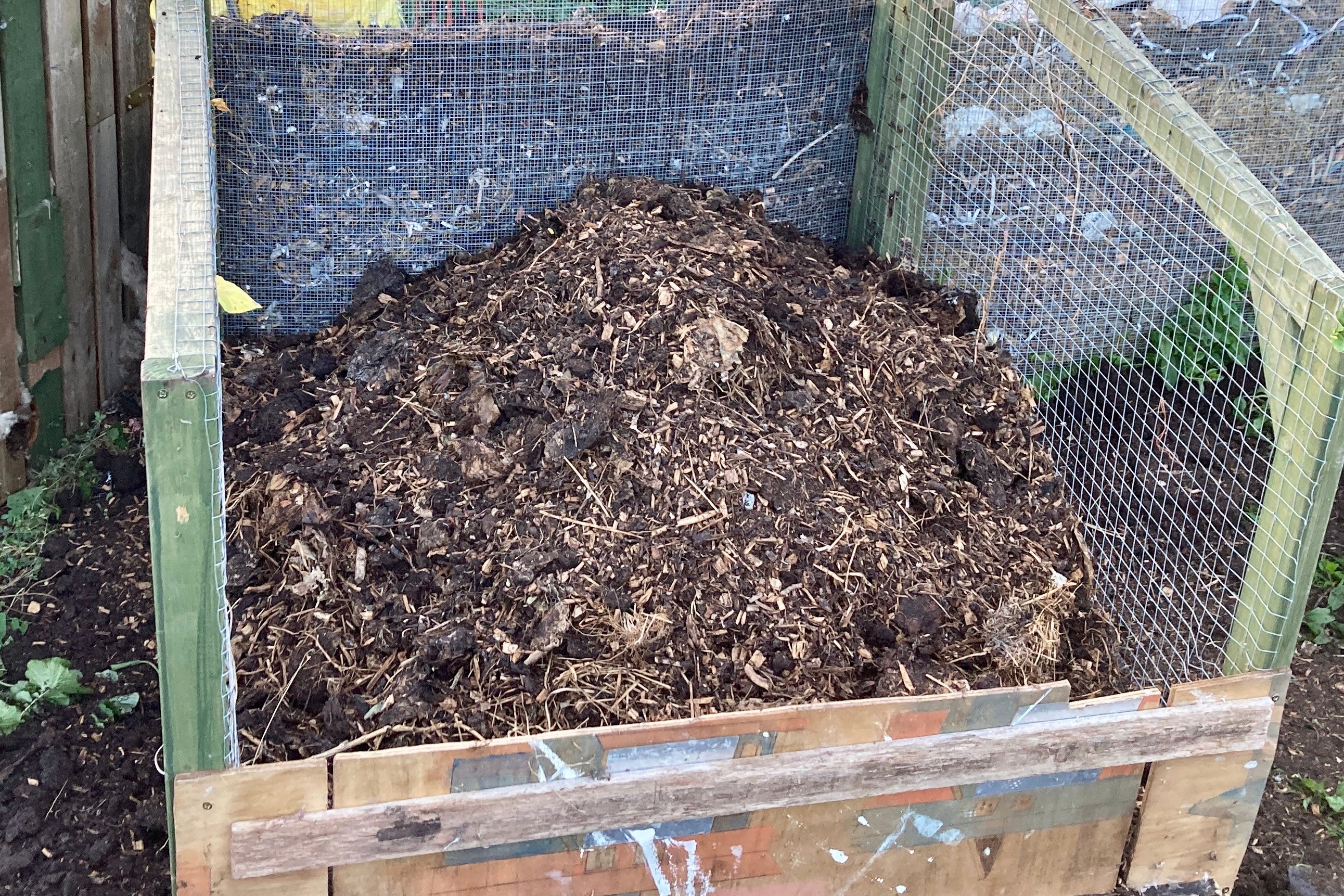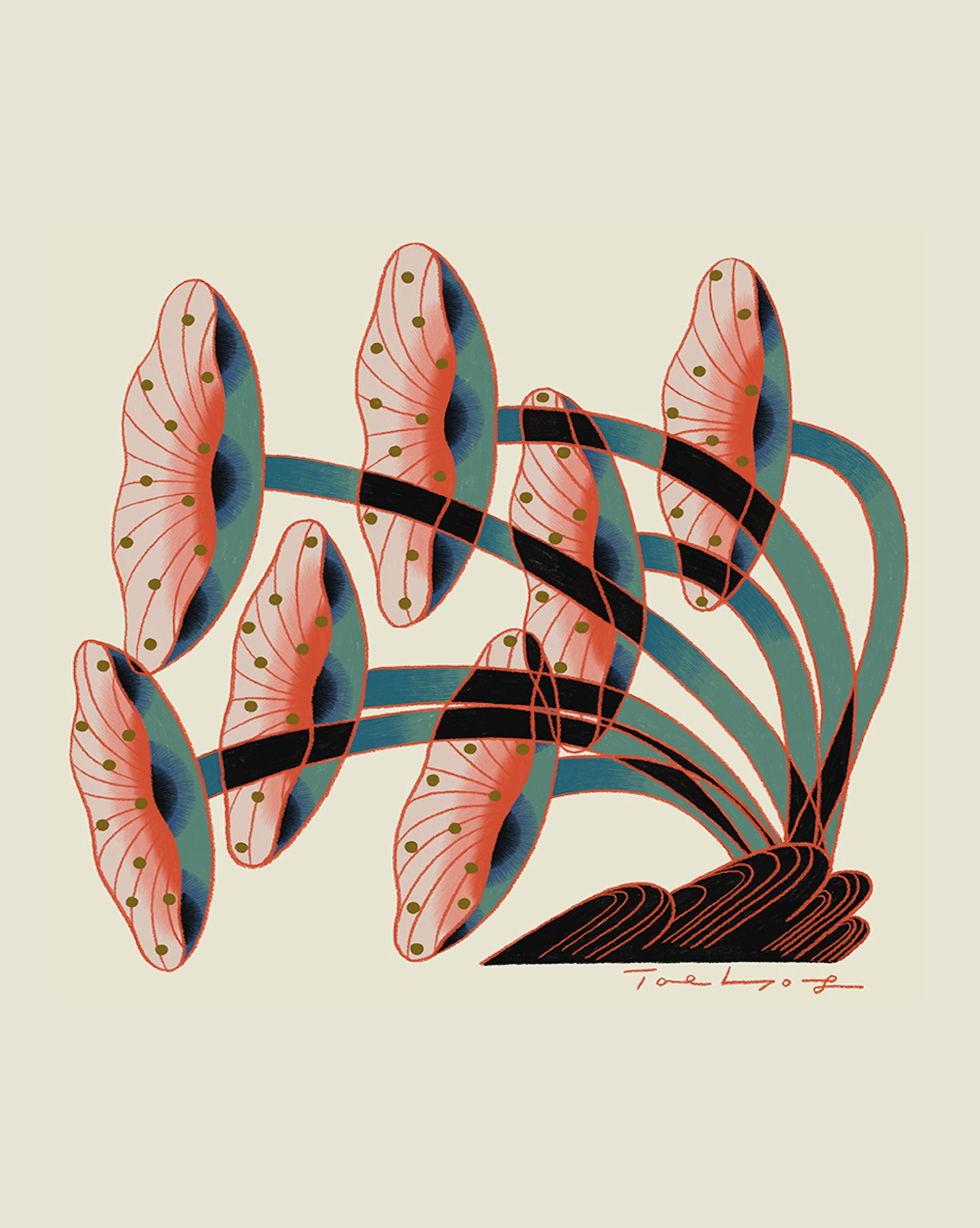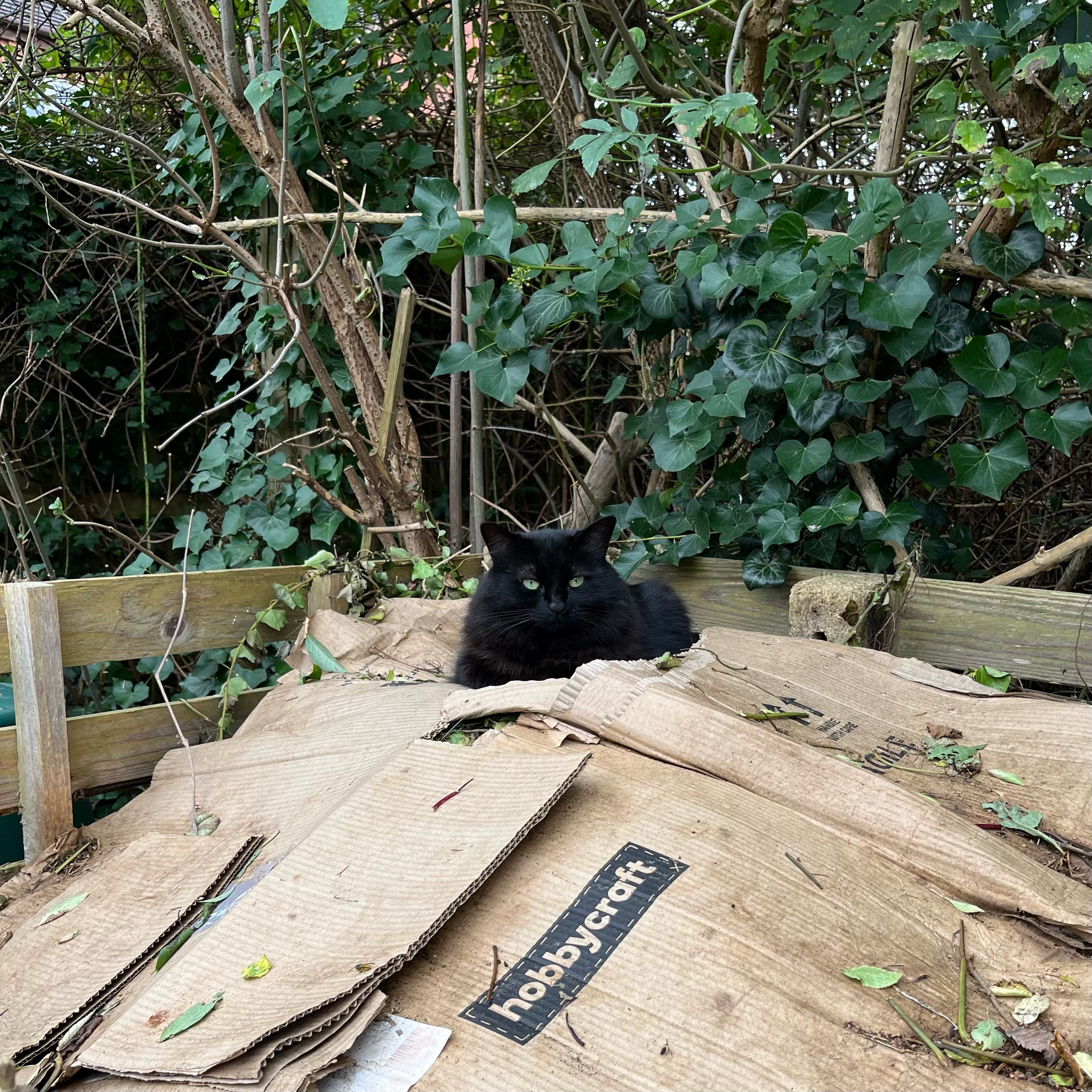The Aerobic Digest 4: Compost as the story of your life
Scroll down for a big question about soil contact. And another cat.

Hi again, and thanks for subscribing to my experiment in compost newslettering. On reflection, last week’s missive was a bit of an incoherent jumble, but I’m not too worried. I’m figuring out how to write about composting in a way that isn’t yet another “how to compost” guide. There are going to be some experiments. Some will be better than others.
One issue is I have so much to talk about but also so much to learn. I really feel like I’m at that point where many would consider me an expert while others would see right through my lack of knowledge and experience. It’s a nice place to be, if I’m honest, because I know I have a good foundation of knowledge and a long road ahead of me.
Anyway, what’s up with the heaps?
This week I emptied the middle bay that in theory should have been finished compost. It was not finished. Patches were done but it definitely didn’t look like it had been started in September 2022. I would say it’s a disappointment, a heap that has failed. But a lot has happened to me in the last year and this heap was, in a way, a reflection of that.
I had Long Covid for the last 6 months of 2022. It wasn’t totally disabling but it did significantly reduce my capacity for doing anything physical or mental until the fog lifted over the Christmas break. Getting through the week was more important than composting, so I was at best just dumping stuff and leaving it there.
Over the winter it dried out with the base of the heap becoming compacted. I should have been turning it but I still didn’t have much energy. Then, as 2023 began, both my parents died, first my dad and then my mum. I learned very quickly that grief is just weird and confusing and my society does not prepare us to deal with it. My grief mostly manifested physically and was a bit like having a Long Covid relapse. Just exhausted all the bloody time.
While the allotment did provide some solace - I remember just sitting watching the trees and birds and it feeling good - I obviously didn’t have the oomph (as mum would have put it) to get in there with a pitchfork. Composting again took a back seat.
Since July things have been better and I’ve refocussed on the composting endeavour. I’ve been working with a few community gardens and food redistribution groups in Birmingham on improving their composting systems and of course invented the hexagonal compost bay, talked about last issue.
But when I emptied the middle bay and saw how poor it was, despite my records showing a perfectly good mix of ingredients, I was struck by how it was a reflection of my life over that period. I sometimes say that my art practice turned into a composting practice over the pandemic and I’m just waiting to see what “compost art” looks like. I don’t really expect this to happen, but this pile of semi-rotted organic matter could definitely be considered something of a portrait. It reflects my physical and mental state over that time in a way I might struggle to express in words.

It’s not a write-off by any means. The wonderful thing about composting is it will eventually rot down given enough time. It’ll make a perfectly good mulch as it is and given a couple more months in the “done” bay it might even be considered compost by Christmas.
Great composters of history

Liz Howlett left a nice comment on the last issue and mentioned her research passion, Adela Curtis, who wrote a pamphlet about composting at the outbreak of WWII when the population was being encouraged to “dig for victory”. Liz promises to send a copy of the pamphlet when she’s back from her research trip to the USA which she’s documenting in a newsletter. Looking forward to it!
Do you have a favourite composter from days gone by? Let me know!
Long read: mycoremediation
One of the first things you come across when you get into composting is the magical power of mushrooms and how fungus will save us from the wreckage of industrial modernity. I love Paul Stamets as much as anyone, but I also have a healthy skepticism for woo and the kind of evangelical fervour that those desperate for a solution to our seemingly unsurmountable woes can be susceptible to.
Finding Hope In The Dark Power Of Fungus tells of such a journey from true believer to mild skeptic as Joanna Steinhardt joins a group of mycoremediation enthusiasts who are convinced they can solve humanity’s waste disposal problems with the right fungus, but who never seem to be able to get past the proof of concept. It’s a great snapshot of the last decade with some really keen observations on the human condition and it’s relationship to waste.

My big issue with this stuff is the idea that we’ve stumbled upon a simple solution. All we need to do is dump a load of the right fungus into our trash streams and let “nature” do its thing to eradicate it, as if the fungus is a magic wand that will make the oil and plastic and toxic shit just disappear. But solutions are never simple. For a start, in nature fungi doesn’t work alone. Decomposition is a team effort with bacteria, worms and plants all doing their part too. As we know from composting, the inputs and outputs might be simple, but the process is a massively complex web of micro and macro interactions over which we only have the illusion of control.
But that’s not to say the mycoremediation movement is pointless. A burst of unsustainable hype is to be expected at the start and many fascinating things have been learned. But it also provides a spiritual purpose for those feeling lost in the mess of late-capitalism. As Steinhardt says:
Mycoremediation may not be the systemic intervention that was hoped for, but as an expression of one’s personal concern for our toxified landscape, it is far from insignificant. Rather, it is a tangible way for people without much institutional power to engage in the ongoing fight against environmental damage, to try to contain the disasters seeping around us. As a domestic intervention, mycoremediation is modest but culturally meaningful — a method of repair and reconnection.
I see a similar thing when talking to people about composting. People bringing me buckets of their kitchen scraps aren’t going to save the planet - we need massive systemic change for that - but maybe it serves as a “culturally meaningful domestic intervention”, and maybe that’s OK.
via Patrick Tanguay’s Sentiers.
Cats on compost heaps #2
Because where there’s heat and a good chance of mice, a cat will be found just chilling.

Here’s Erica, settled on Karen’s compost heap. Originally posted to her Mastodon, which is bascially full of photos of cats, as it should be. Added here with permission. Thanks Karen!
Send me your photos of cats on compost heaps. I want them all.
Big question: Should the compost heap touch the soil?
I’ve been thinking about this a lot over the last few months as I’ve worked with people to establish their compost bays. I’ve always thought that the heap should be built on soil so that the micro-organisms and creatures in the soil can get in and do their work. But while this makes sense for the cooler, resting periods, I’m not so sure it matters for the initial hot composting part. I’ve seen this work perfectly fine on concrete slabs, in bins and even in large plastic bags of damp hay. And of course there’s the wormery method which always seems to be suspended above the ground so the run-off liquid can be saved.
There are also good reasons to compost on a solid surface. Easier to pest-proof, easier to shovel, easier to deal with aeration and drainage.
All my heaps sit on rat-proof mesh directly on the soil, but I’m coming around to the notion that those first couple of months at least are best on a solid surface. Then, once you have a good mulch, move it to rest on soil so the worms can get in.
What do you think? Is soil contact essential throughout?
That’s it for this issue. As always, let me know what you think and send me anything composty that others might like to see. I’m also interested in guest writers – tell us about your heaps! info@aerobicdigest.email is the place to send it.
See you in a period of time,
Pete Ashton